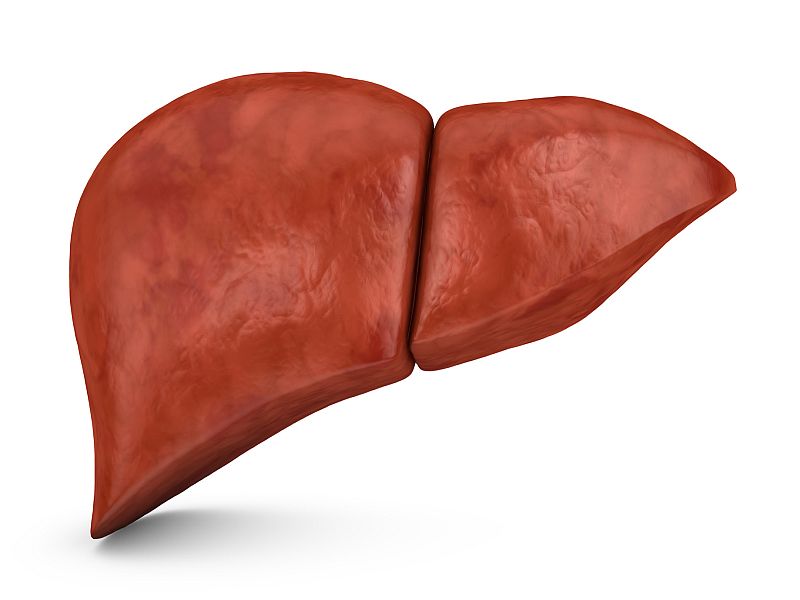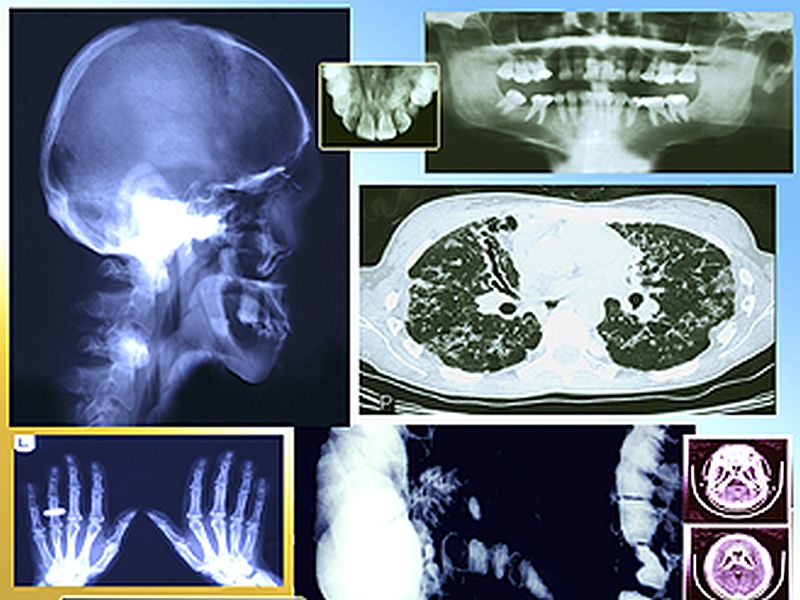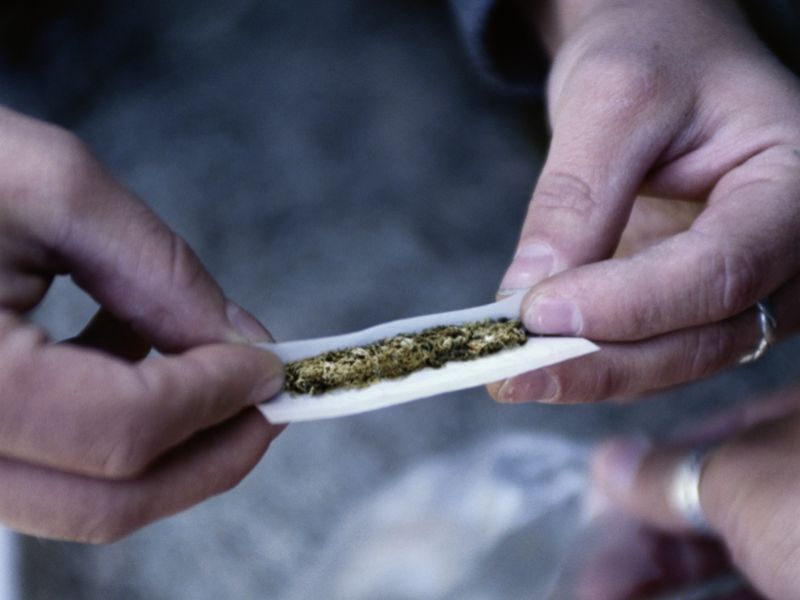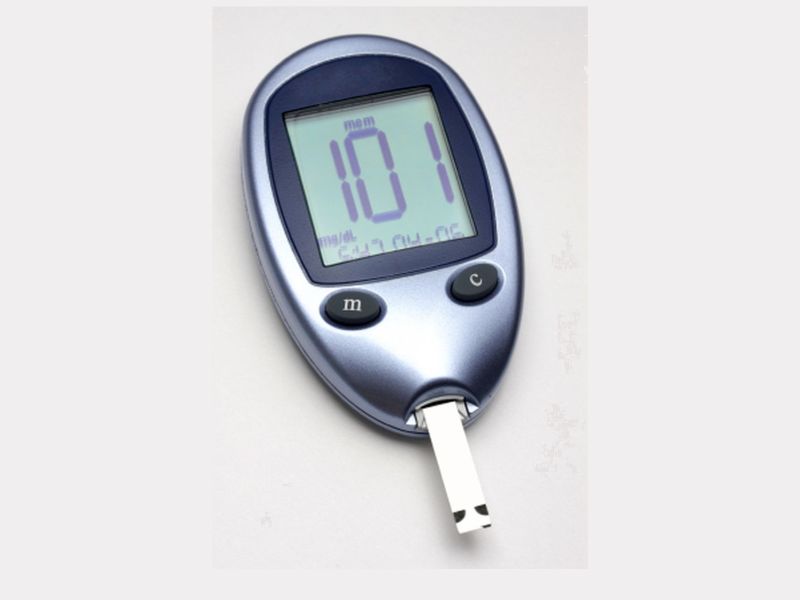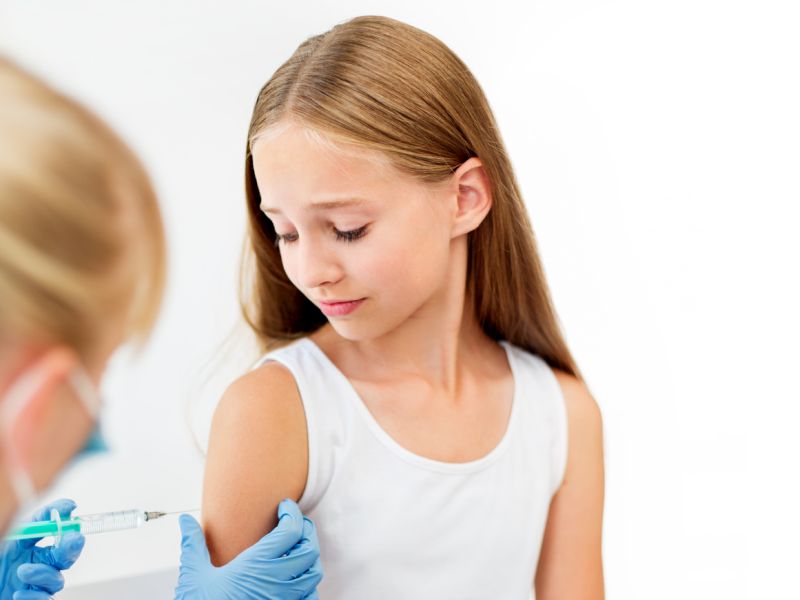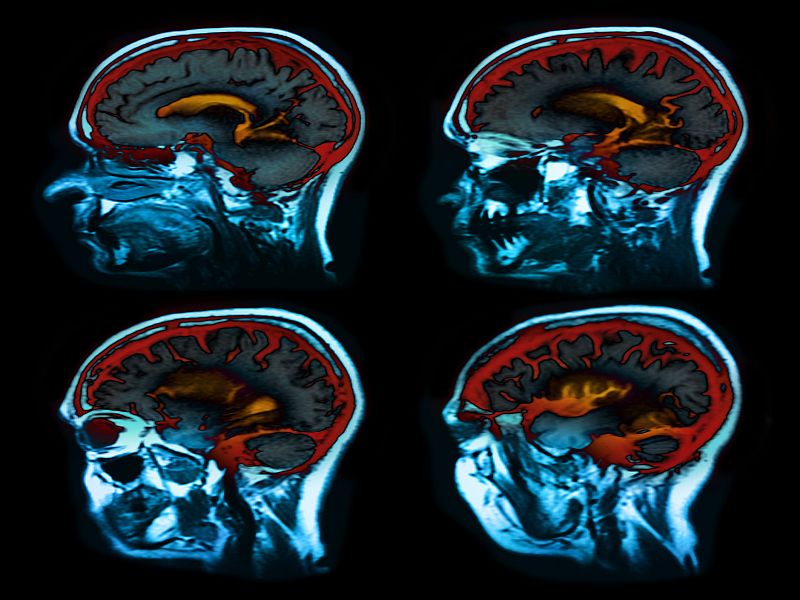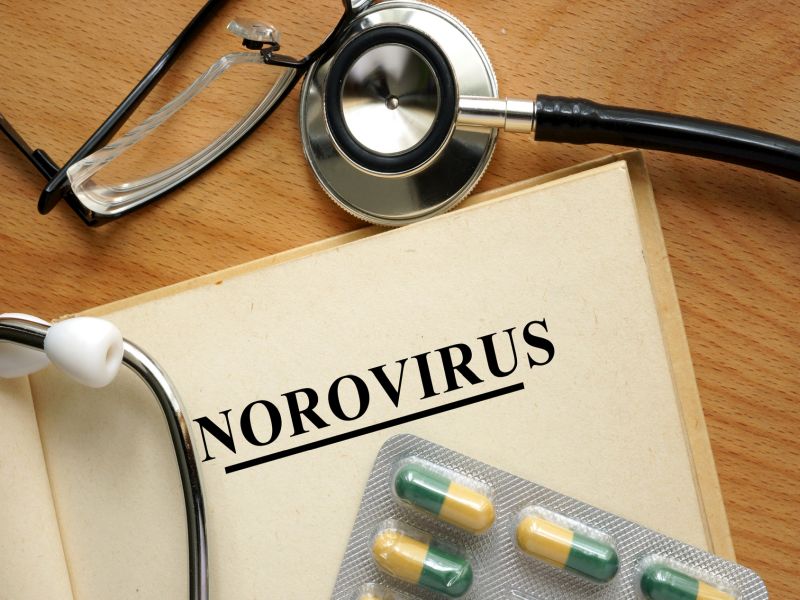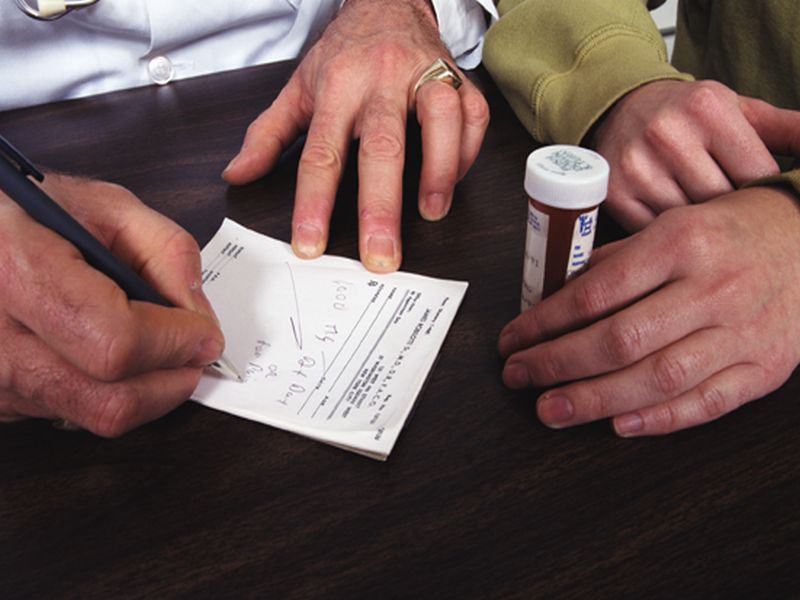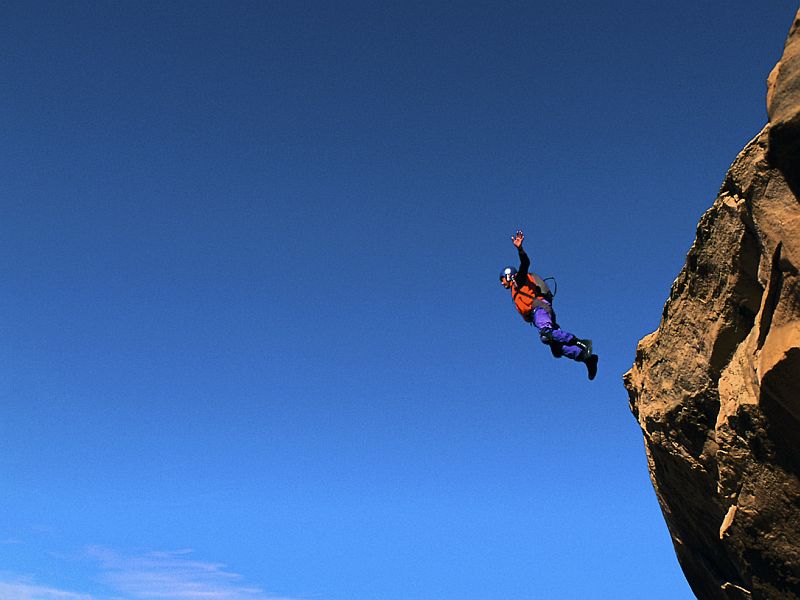THURSDAY, March 22, 2018 (HealthDay News) -- Between 2011 and 2015, the rate of suicide for Utah's teens -- mostly boys -- more than doubled and greatly outpaced the national average for these tragedies, a new report finds.
Overall, 150 suicides for children and teens aged 10 to 17 in Utah occurred during those four years, with 113 of the victims being between 15 and 17, and three-quarters of victims being male. Almost all of the deaths were due to firearms or hanging.
And while the rate of child and teen suicide has risen by 23.5 percent nationally during the years covered by the study, it "more than doubled" (a 136 percent rise) in Utah, according to researchers from the U.S. Centers for Disease Control and Prevention.
Why the steep rise in Utah, specifically? Trying to answer that question, a team led by CDC epidemiologist Francis Annor looked at victims' medical records for the period leading up to the suicide.
The investigators found that, in two-thirds of cases, there were "multiple precipitating circumstances" that foreshadowed a potential suicide.
For example, more than one-third of the individuals suffered from a diagnosed mental illness, with 31 percent having been in a "depressed mood," the researchers said. More than half had undergone some sort of "recent crisis." In almost 20 percent of cases that was a rift with their family, and in 10 percent of cases it was trouble with an intimate partner.
For those victims with a history of mental illness, most (84 percent) were, in fact, receiving some kind of mental health treatment prior to their deaths. And almost one-third had had a prior suicide attempt or admitted to thoughts about suicide, Annor's team reported.
Of course, social media plays an increasingly important role in young people's lives. The Utah report found that in nearly 13 percent of cases, during the week before the suicide, the victim's family had restricted their access to smartphones, tablets, video games and other devices.
Did cutting off access to the devices help precipitate suicide in those cases? The CDC team isn't sure, but they said that more study is needed to understand whether or not "interruption to [online] social support networks, [or] distress over losing access to the device" might exacerbate already fraught emotional states.
One expert said the Utah numbers should serve as a wake-up call to the United States as a whole.
"The rate of suicide in American youth has been steadily increasing since 2011, and suicide now accounts for the third most common cause of death in children aged 10 to 17," noted Dr. Matthew Lorber, who wasn't involved in the new research.
The Utah study shows "that much of our youth committing suicides have identifiable risk factors, and in order to counteract this alarming trend, we must be increasing access to mental health treatment for our children," said Lorber, who practices adolescent psychiatry at Lenox Hill Hospital in New York City.
He believes screening for suicidal thoughts and depression should become routine in annual checkups between youth and their pediatricians or family physicians.
And Lorber believes family is key.
"Some common themes seen in these children were family fighting and social isolation. And this shows the importance of both family involvement in mental health treatment of children, as well as the importance of providing social activities," he said.
"In this age of technology and screen time, it is vital that parents are encouraging socialization for their children at a very young age, and helping to maintain it throughout middle school and high school," Lorber suggested.
The CDC researchers also urged more and better "strategies to strengthen access and delivery of suicide prevention care, promote connectedness, create protective environments, and teach coping and problem-solving skills" for troubled kids and teens.
In the meantime, family, friends and teachers can be on the lookout for the warning signs of suicide in youth, another expert said.
These include "worsening depression, academic decline, irritability, anxiety and sleep disturbance," said Dr. Scott Krakower, who helps direct psychiatry at Zucker Hillside Hospital in Glen Oaks, N.Y.
"A child may describe these thoughts in-person, via writings or on social media. It is important to seek help right away and have an evaluation with a child and adolescent psychiatrist," he added.
"As it appears that psycho-social stressors may also impact a child's mood, it is important to address these during the treatment," Krakower said. He believes that "teaching children how to improve interpersonal effectiveness and how to develop better coping skills would be crucial."
The Utah findings were published in the March 23 issue of the CDC's Morbidity and Mortality Weekly Report.
More information
Learn the warning signs of suicide in youth at the National Suicide Prevention Lifeline.



